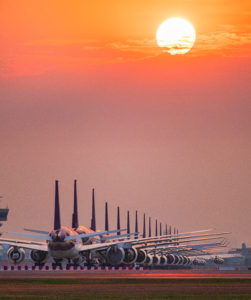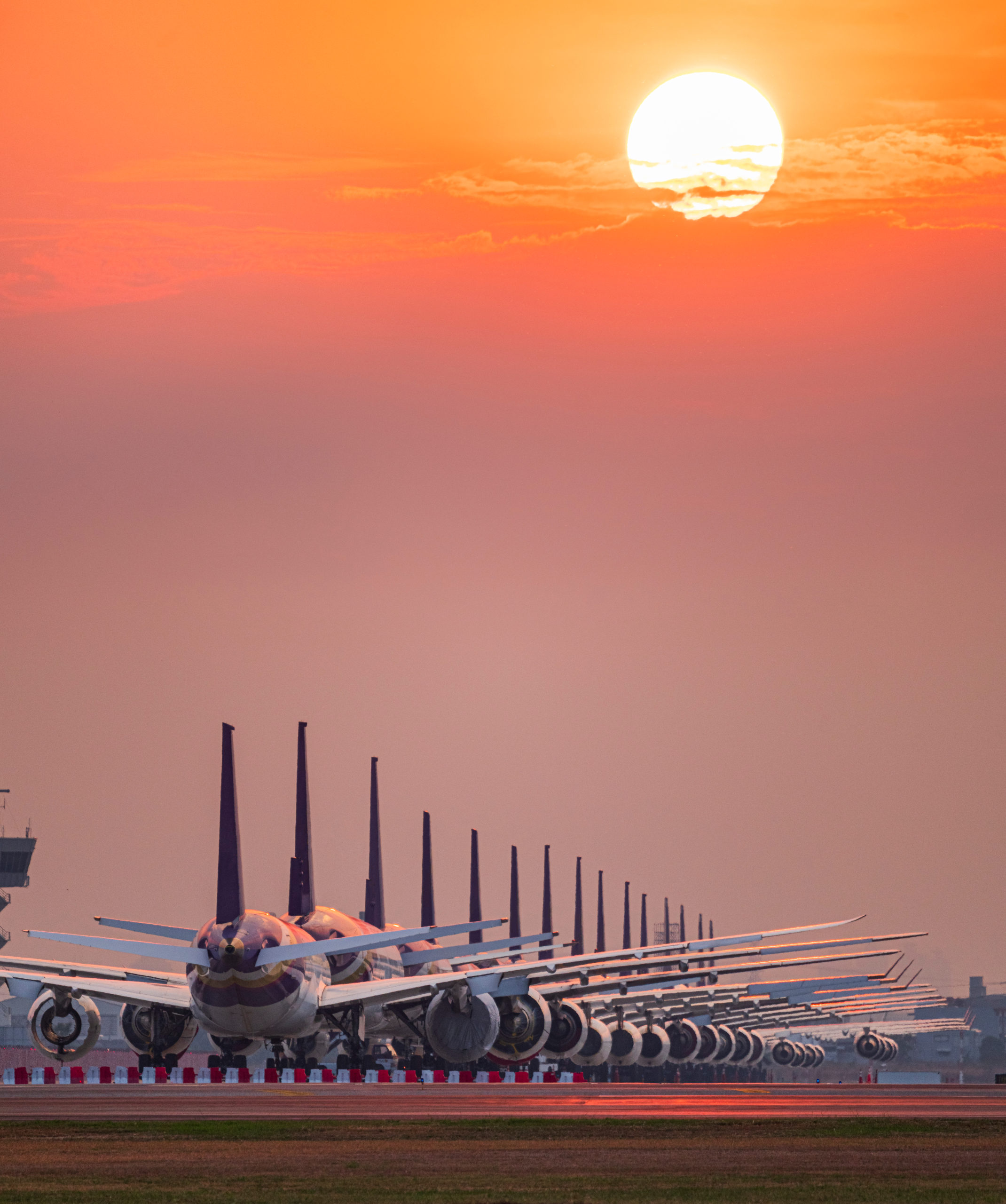The aviation industry has entered a golden age, supported by revived record order books and skyrocketing passenger traffic. In pursuit of these new opportunities, aviation is facing a series of challenges that must be addressed in order to sustain profitable growth post pandemic.
Have you come across any other risk other than listed below?
1: Volatility in the geopolitical and economic environment
Most airlines have a global footprint and are, thus, vulnerable to external factors, such as political tension and economic conjunctures. In the case of the commercial aviation sector, political stability and sustained economic growth are major underlying factors driving long-term growth in air traffic
2: Managing the supply chain
Aviation companies around the world are pointing to managing the supply chain as the second biggest threat in the aviation industry for good reason. A record number of new aircraft deliveries are set to keep the supply chain extremely busy during the next 8-10 years.
To meet the demand, the entire supply chain must ramp up their efforts and investments, ensuring timely deliveries while, at the same time, maintaining high quality and keeping costs controlled; a challenging task that could leave many suppliers financially vulnerable.
3: Competition in domestic and international markets
Airbus and Boeing are the only players in the wide-body market, and they dominate the narrow-body-segment as well. In the medium-term, opportunities for new players in this market are unlikely, due to the duopoly of Boeing and Airbus.

4: Managing and retaining talent in the aviation industry
Due to the influx of new technologies and processes and the relentless focus on cost reduction, companies in the aviation industry will require, perhaps more than any other industries, a talented, engaged and increasingly specialised workforce in the future. The issue in meeting the new management requirement in the aviation industry is very real indeed and it will be a challenge for the industry in the future as well.
5: Ability to perform in key contracts
The major OEMs (original equipment manufacturer) in the industry are typically involved in multimillion dollar contracts and have huge backlogs with tight deadlines. Failure to deliver on major programmes can lead to significant negative implications affecting the financial performance as well as brand value.
6: Compliance with a wide range of regulations and restrictions
The commercial aerospace industry has to comply with a long list of requirements for aircraft design, maintenance, pilot training activities and safety regulations. These regulations are critical for operators and passenger safety and hold the products and services of the OEMs and suppliers to the highest standard.
7: Incapacity to innovate
One of the problems that the aviation industry is facing is its incapacity to be truly agile in terms of new business paradigms. The demand from passengers is evolving constantly, pushing the aviation industry to adopt new work processes and technologies, but, due to the conservative nature of the industry, it’s proving to be a hard race to win. The aviation companies that fall too far behind in the great run of innovation will likely face a series of challenges in 2019 and beyond.
8: Failure to realise the benefits of M&As and partnerships
Collaboration and partnerships in the supply chain is a hot topic in the aviation industry these days. According to the study mergers and acquisitions and partnerships can complement a company’s existing products, technologies, services and customer base. At the same time, failing to collaborate with other businesses could pose a real threat to some companies in the aviation industry.
9: Exposure to cyber-security events
The biggest challenge in the aviation industry is failure to have appropriate cyber security measures in place. As more airlines, OEMs and MROs (maintenance, repair and overhaul) pursue big data analytics and predictive maintenance, the risk of cyber breaches increases. And the problem with inappropriate cyber-security can be very costly for the aviation industry.
10: Foreign currency and commodity price fluctuations
Fluctuations in currency exchange rates is the tenth and final type of risk that the aviation industry is facing. Given that a large amount of aviation companies operate globally, a large portion of their revenue streams are earned in a variety of currencies, making them vulnerable to fluctuations in currency exchange rates.





